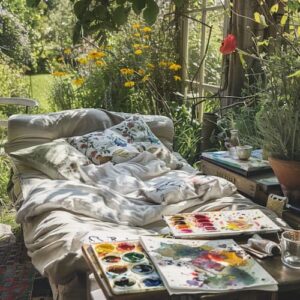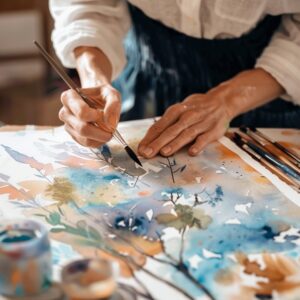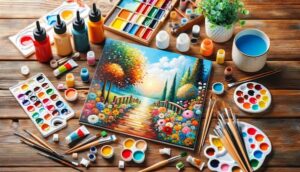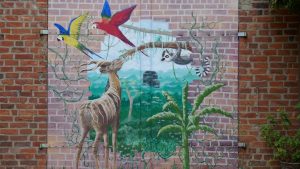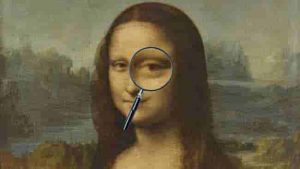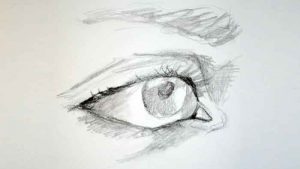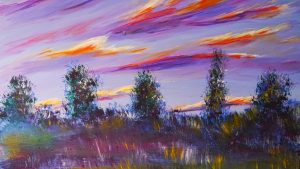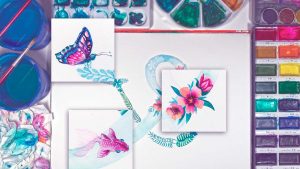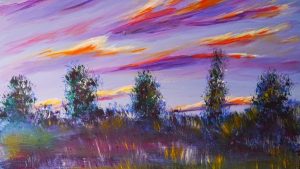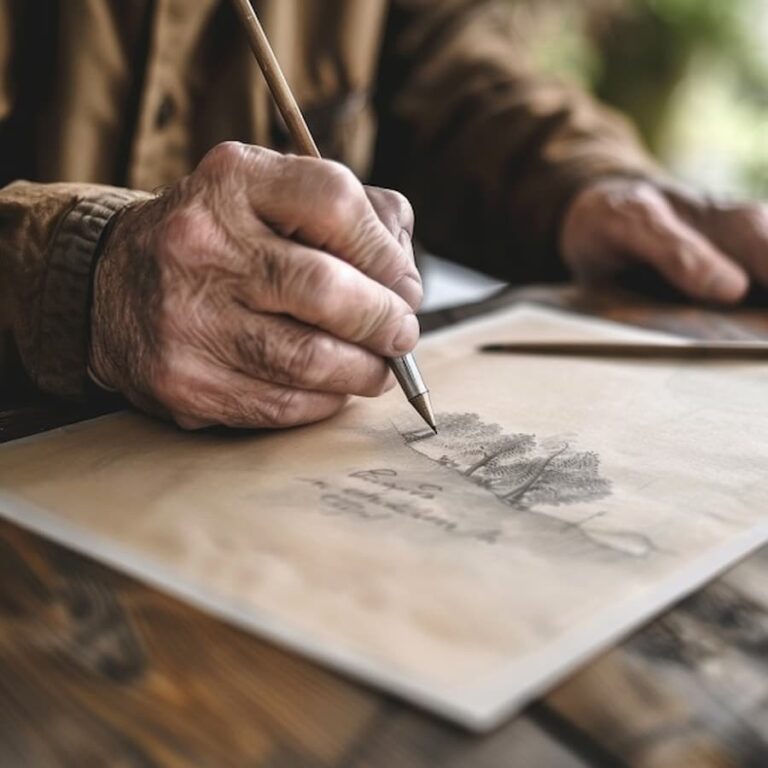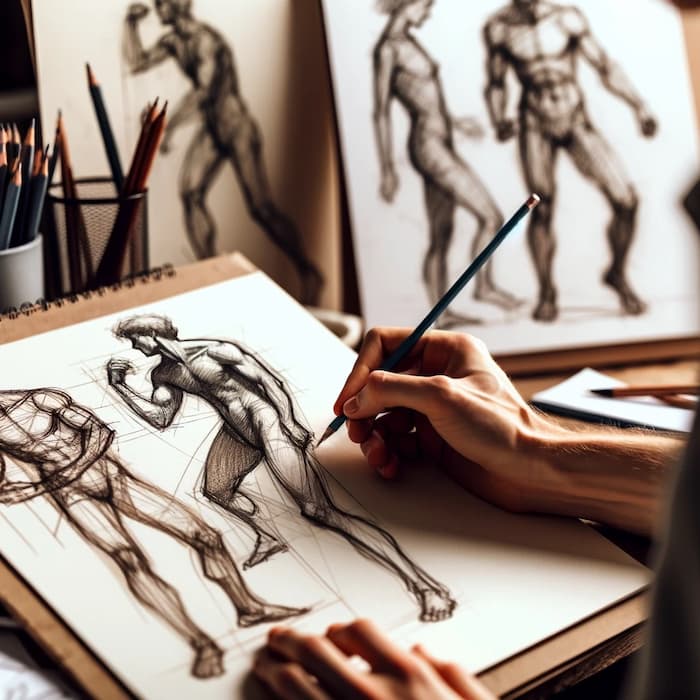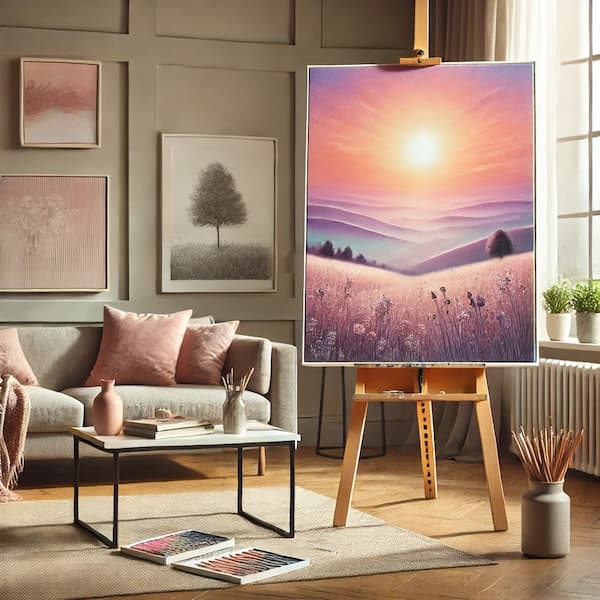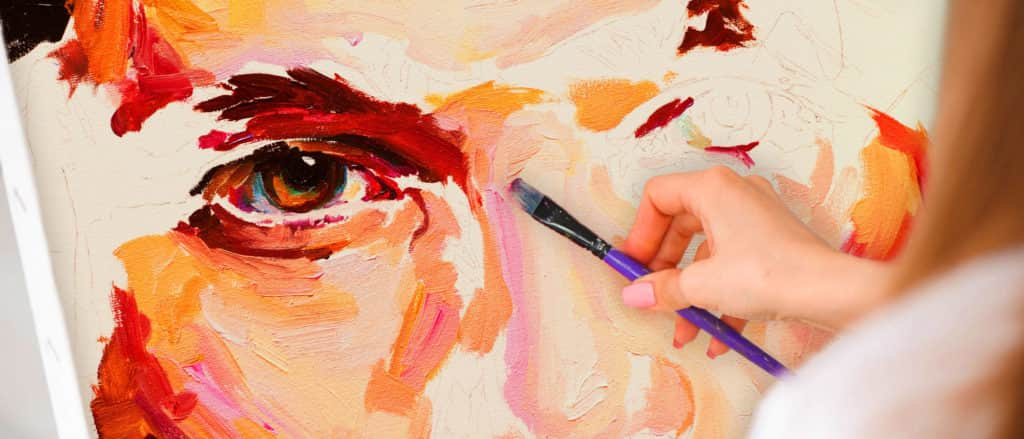Gouache is a versatile and vibrant painting technique that offers a wide variety of creative possibilities. In this beginner’s guide, we’ll explore everything you need to know to start painting with gouache, from the materials needed to basic techniques and some helpful tips. Whether you’re an experienced artist or someone just beginning their journey in the art world, this guide will provide you with a solid foundation for mastering gouache.
What is Gouache?
Definition of Gouache
Gouache is a water-based paint, similar to watercolor, but with a thicker and more opaque consistency. It is composed of pigment, water and a binder, usually gum arabic. The main difference between gouache and watercolor is opacity: while watercolor is transparent, gouache allows for solid, vibrant layers of color.
History of Gouache
The use of gouache dates back several centuries. Originally, it was used by illustrators and graphic designers because of its ability to produce solid, uniform colors. Over time, it has gained popularity among fine artists because of its versatility and ease of use.
Materials Needed
Gouache Paintings
To start painting with gouache, you will need a basic set of paints. Gouache paints come in tubes, similar to acrylic or oil paints. It is advisable to start with a set of primary colors and then expand your palette as you become more comfortable with the medium.
Brushes
Brushes are a crucial part of your gouache kit. You can use watercolor brushes, as they are designed to work with water-based paints. Make sure you have a variety of sizes and shapes for different techniques and effects.
Paper
Gouache paper should be thick enough to support several layers of paint without warping. High quality watercolor paper is an excellent choice, although you can also find paper specifically for gouache.
Palette and Water
A palette for mixing colors and a container with water to clean the brushes are essential. The palette should be easy to clean and have enough space to mix several colors.

Basic Gouache Techniques
Color Mixing
Mixing colors is a fundamental skill when working with gouache. You can create a wide range of tones by mixing colors directly on your palette. Experiment with different proportions to see how the colors change.
Layer Application
Gouache allows you to apply opaque layers one on top of the other. Start with thinner layers and increase the opacity as you add more details. This method allows you to correct mistakes and adjust your composition easily.
Texture Creation
To create interesting textures, you can play with the amount of water you mix with the gouache. Using less water produces a more opaque and dense finish, while adding more water makes the gouache behave more like watercolor, with a lighter, more transparent finish.
Brush Techniques
Try different brush techniques, such as dry brush, soft washes and quick brush strokes, to add variety and depth to your paintings. The choice of technique will depend on the effect you want to achieve.
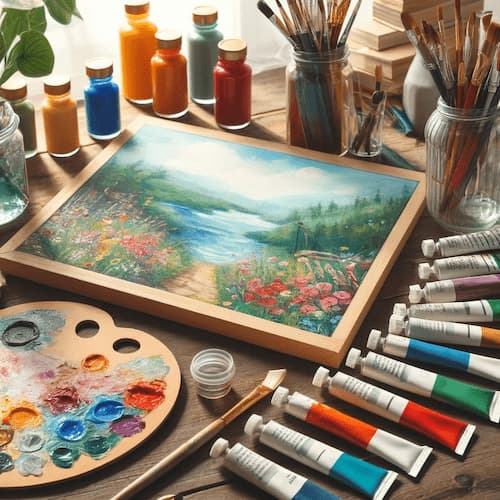
Useful Tips for Beginners
Practice and Experiment
The best way to improve with gouache is to practice regularly and experiment with different techniques and color combinations. Don’t be afraid to make mistakes, as they are part of the learning process.
Keep your materials clean
Be sure to clean your brushes and palette after each painting session to prolong their life and maintain the quality of your tools.
Learn from other artists
Looking at the work of other artists can provide inspiration and new ideas. Join online communities, attend workshops or follow artists on social media to see how they use gouache in their work.
Gouache applications
Gouache is used in a wide variety of applications, from illustration and graphic design to fine art. Its ability to create solid, vibrant colors makes it ideal for:
- Book and magazine illustration
- Graphic design and posters
- Artistic paintings and portraits
- Creation of backgrounds and scenarios
Advantages of Gouache
Gouache offers several advantages, especially for beginners:
- Ease of Correction: You can easily correct errors by applying opaque layers.
- Versatility: It can be used in a similar way to watercolor or acrylic paint.
- Fast Drying: Gouache paints dry quickly, allowing to work in successive layers without long waits.
Disadvantages of Gouache
Despite its many advantages, gouache also has some disadvantages that you should consider:
- Fragility: Once dry, gouache can be susceptible to damage if not handled with care.
- Difficulty in Creating Smooth Transitions: Due to its opacity, it can be more difficult to achieve smooth transitions between colors compared to watercolor.
Gouache is a wonderful tool for any artist, offering a unique combination of opacity and versatility. With the right materials and a little practice, you can master this technique and expand your artistic skills – feel free to experiment and let your creativity flow!
To become a true professional artist in painting and drawing technique, as well as each material, knowing when to use each of them to achieve the desired results, we invite you to visit our Online Course of Painting and Drawingwhere you will learn everything you need to know to become a true artist while discovering and developing your own style.




